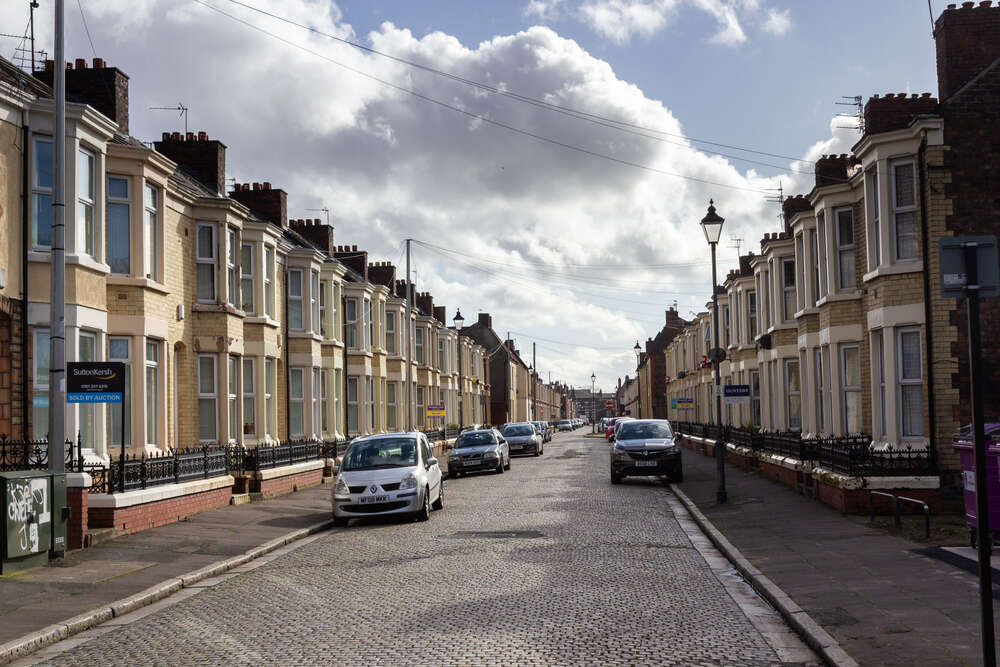
With skyrocketing mortgage rates and the overall rising cost of living, the housing market is continuing to fall as buyer demand declines.

The latest data from the estate agent comparison site GetAgent shows that across England, homebuyer demand fell by 9.2 percentage points quarterly in the fourth quarter of 2022. In fact, across all of last year, homebuyer demand fell by 17 percentage points.
GetAgent’s Hotspots Demand Index calculates homebuyer demand using the amount of stock sold (subject to contract or under offer) as a proportion of all stock listed.
In the second quarter of 2021, homebuyer demand nationally reached 65.5%, but since then has fallen drastically to below half, although it still remains higher than its pre-pandemic level. Greater London, meanwhile, has seen much more volatility, with homebuyer demand spiking to 75% in the fourth quarter of 2021, then dropping and rebounding in 2022.
Falling demand tied with interest rate rises
The low interest rates set by the Bank of England, throughout the pandemic, alongside the stamp duty holiday, served to stimulate huge demand in the UK property market and drive up prices.
But rising interest rates in the wake of the catastrophic September mini-budget sent mortgage payments skyrocketing and had a knock-on effect on demand. The next interest rate announcement is set for 2 February, and experts are predicting it will raise again.
"The fortunes of the housing market are very much in the hands of the Bank of England at the moment," said Colby Short, co-founder and CEO of GetAgent. "Until interest rates come down and borrowing becomes more affordable, lenders are going to be tighter with their mortgage offers and buyers are going to be nervous about taking on these relatively high levels of risk.”
The city that saw the most drastic quarterly fall in homebuyer demand was Liverpool, where demand is now 44%. London remains the highest annual fall at 19.3 percentage points.
Post-pandemic shifts in housing demand
However, nationally, it is outside of the cities that have seen the biggest annual falls in homebuyer demand. This is largely to do with a rebound of pandemic trends, Short tells City Monitor. When buyers looked for larger properties with more outside space and homeworking meant they were less limited by commutes, the suburban and rural property markets saw huge booms.
“However, with the pandemic property market boom now starting to fizzle out, coupled with a return to normality, demand for homes in these more suburban or rural pockets of the market is now starting to fade,” Short says. “At the same time, such a sustained period of activity has pushed house prices to record highs and this is also likely to have dampened the appetite of buyers."
While Birmingham has seen an 11.1 percentage point annual fall in homebuyer demand, the whole of West Midlands county has seen a 20 percentage point drop.
Newcastle has seen housing demand fall by 7.4 percentage points in the past year, compared with 17.7 in the surrounding county.
[Read more: London fares worst in the UK’s rising mortgage rates]






